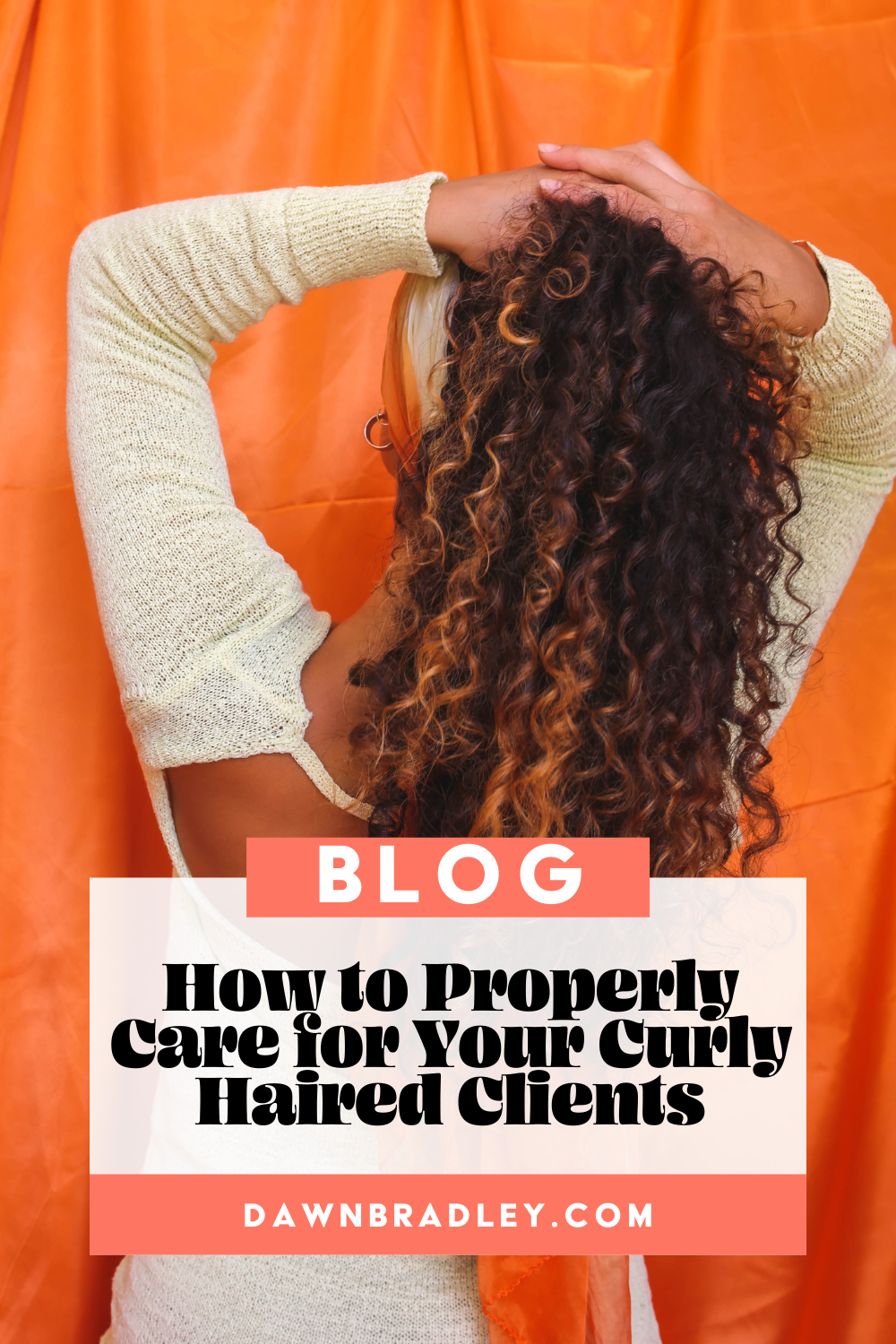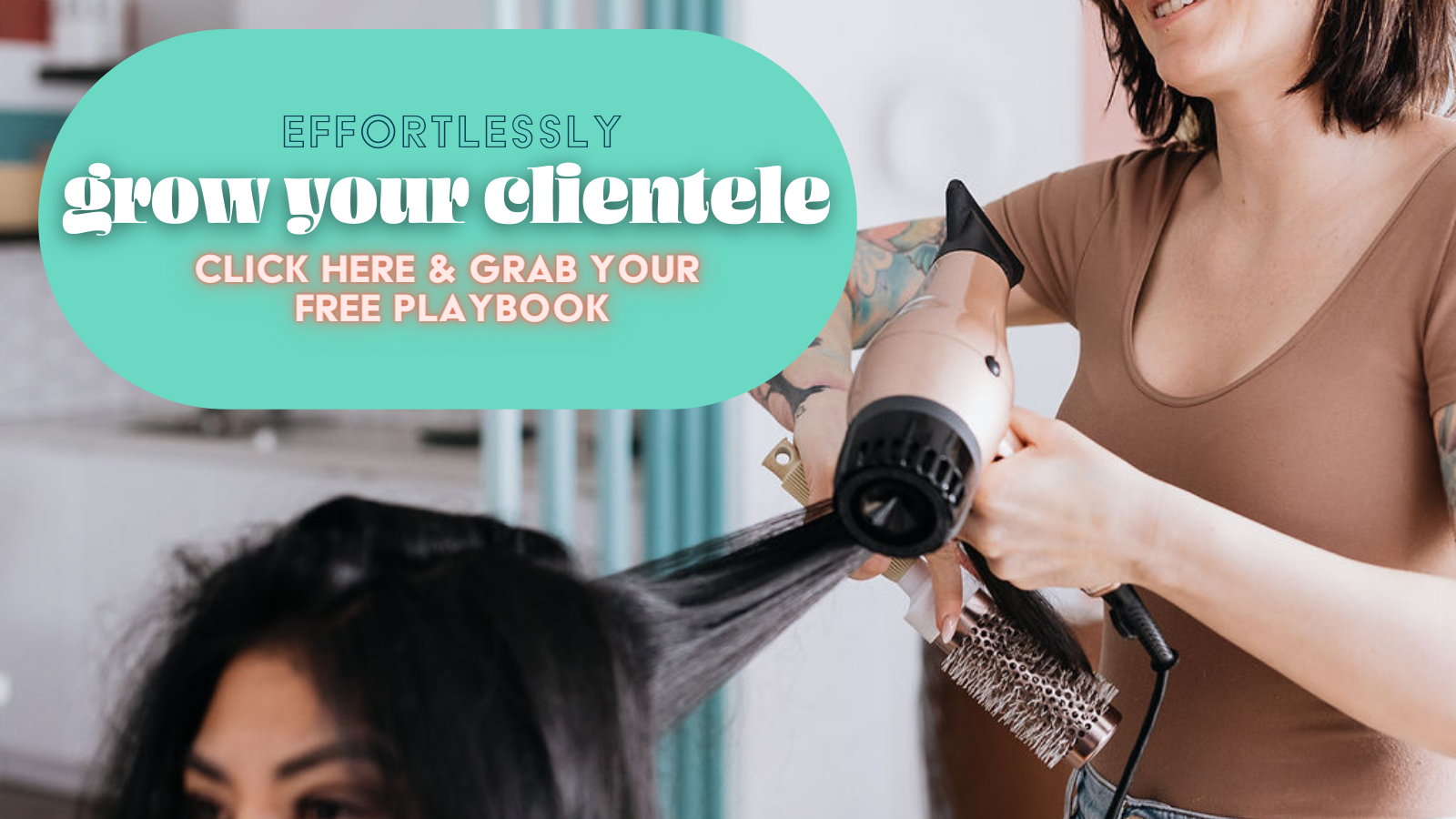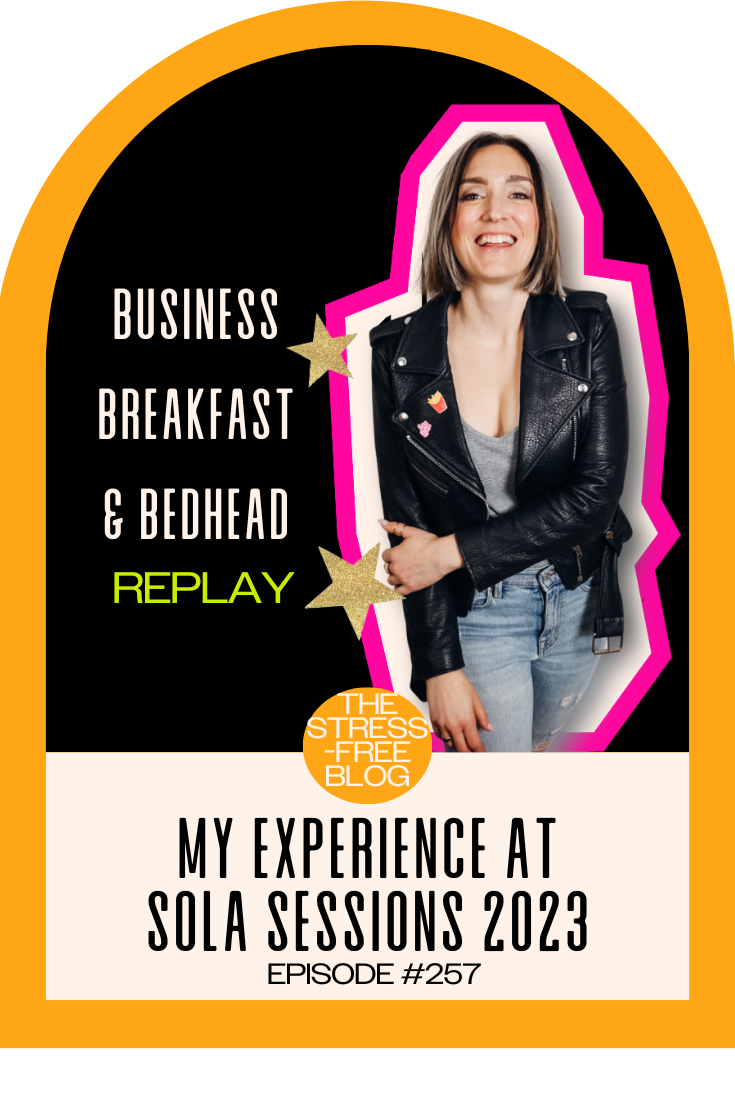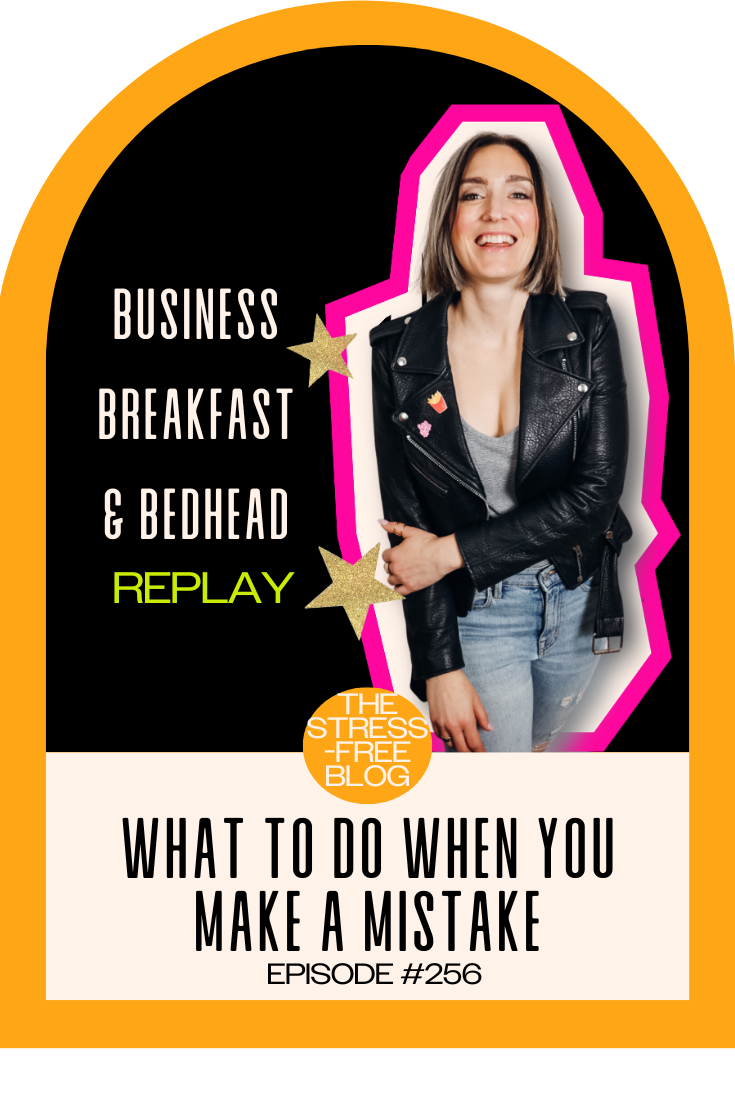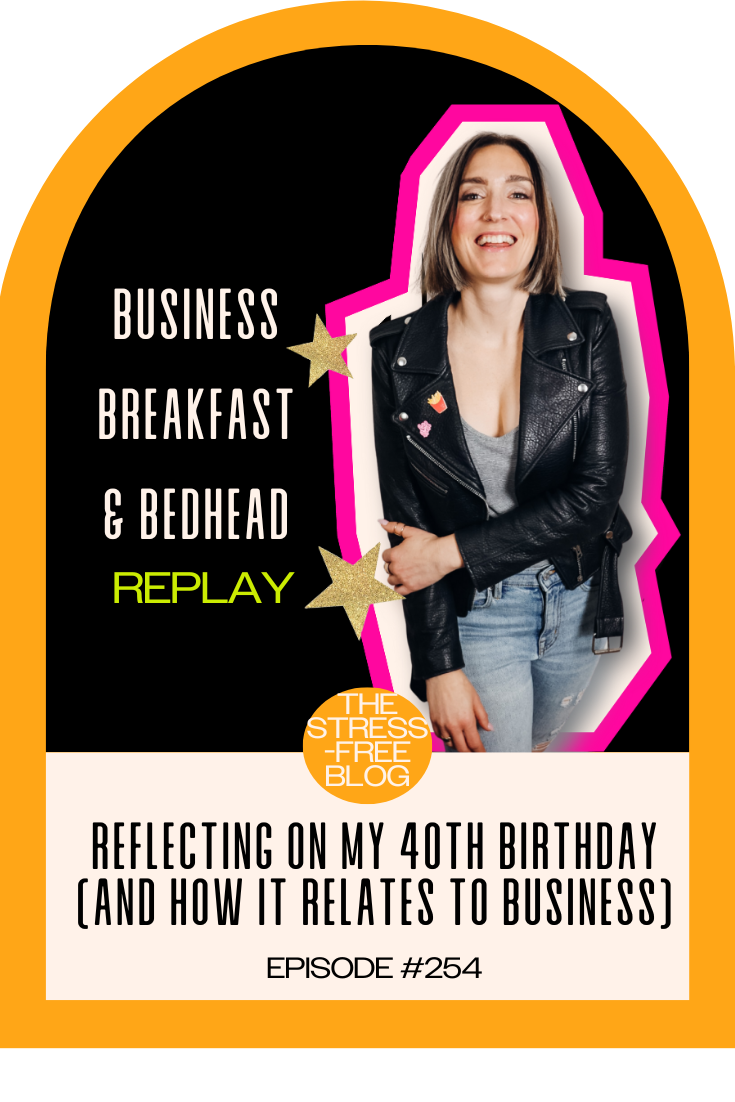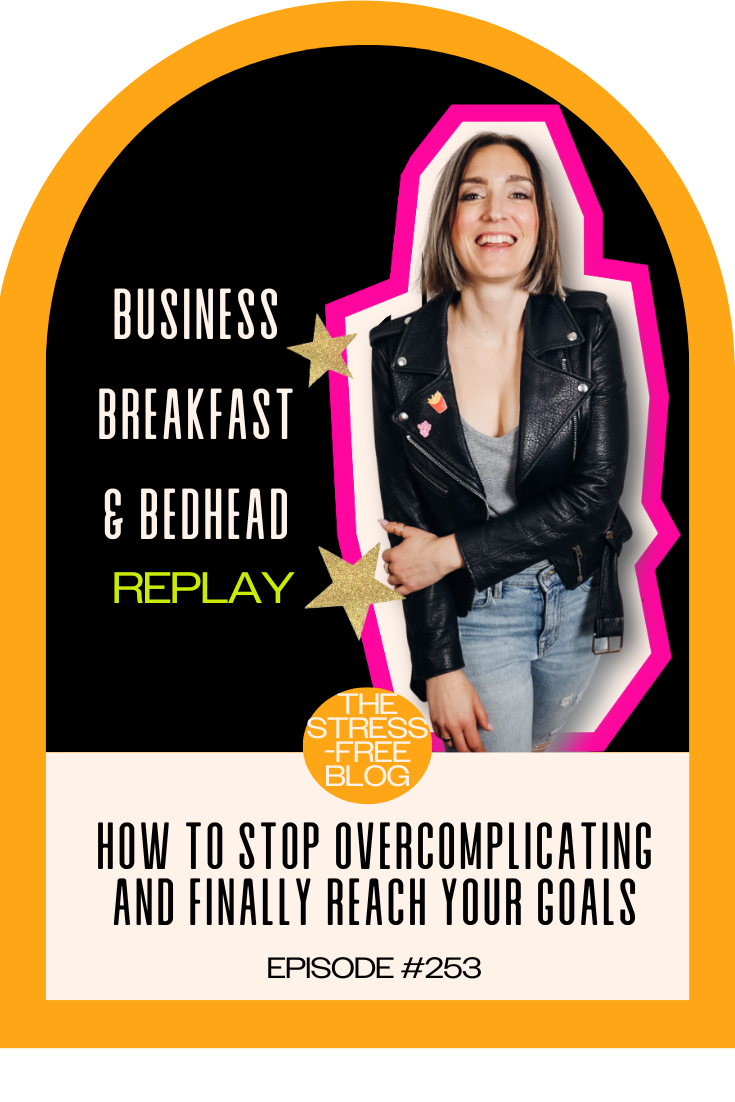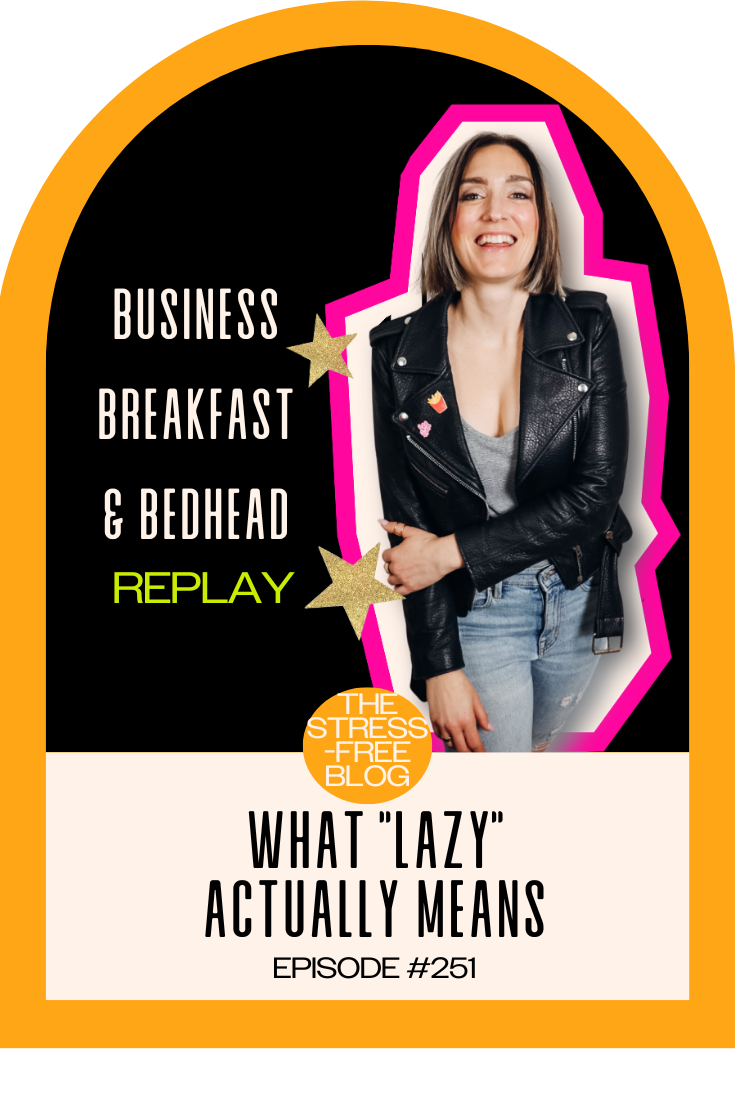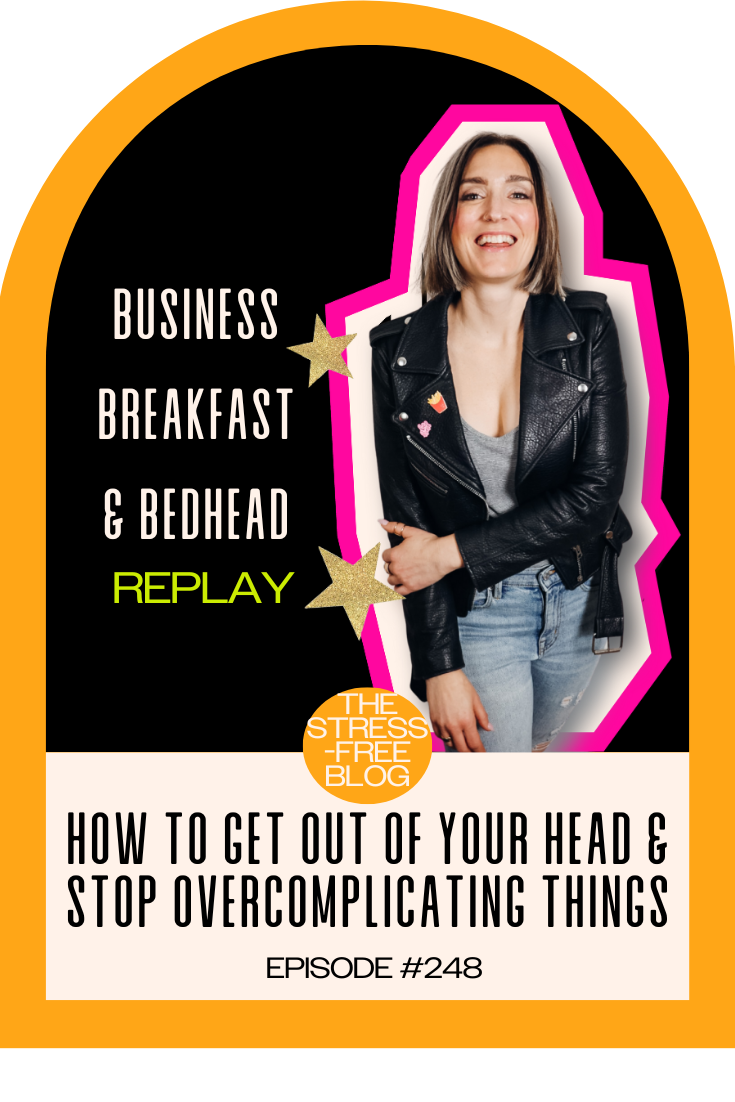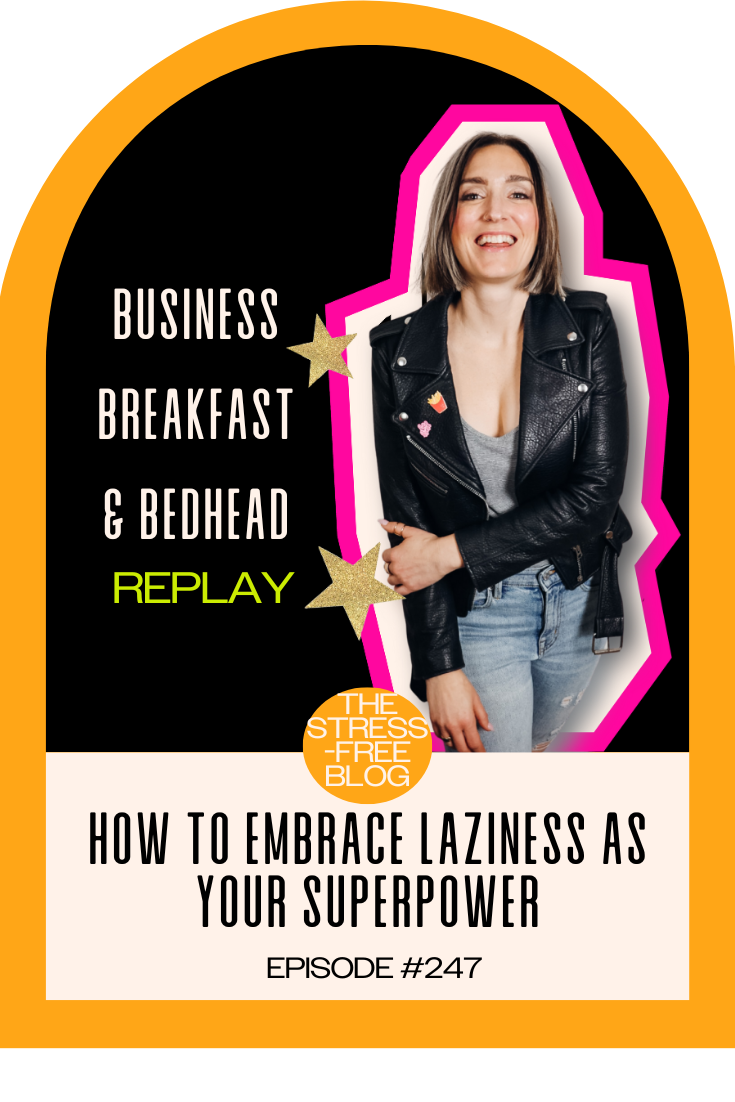subscribe & listen on your favorite app!
“every hair has texture”
I’m so pumped to welcome you back for another awesome episode of the Anxious Creative Podcast.
I’ve got a very special guest with me for this episode, she’s an educator with DevaCurl, a hairstylist, a curl expert, owner of Texture This, a Rock Your Business alumni, and an advocate from White Rock, British Columbia. Let’s give a warm welcome to the wonderful, Gillian Tudor.
I’m so excited that we’re finally sitting down and chatting together. I feel like we’ve had so many conversations in the DMs that it’s so great that we’re finally having a proper conversation.
The Beginning
Besides being an incredible stylist, educator and salon owner, Gillian is also a huge foodie and loves cooking and going to restaurants.
She’s a massive art fan and loves going to museums and art exhibits. We went off on a tangent pretty early on in our recording about this really cool music and art exhibit that Gillian went to in Brooklyn (you’ll have to listen in to hear more about that).
From the time she was born until she was 10, her mom cut her hair for her. At 10, Gillian told her she wasn’t allowed to cut it anymore.
Of course, this was the 80s and the afro was the big thing. Both Gillian and her brother were rocking the round afros (in fact, they often got mistaken for twin boys, something Gillian never enjoyed).
Gillian’s mom doesn’t have textured hair and she didn’t know how to take care of Gillian’s curls other than the afro. There wasn’t YouTube or the internet with free education available at this time.
For Gillian, becoming a curly hair specialist (which is a title she’s not too fond of – keep reading to learn more about that) has been something a long time in the making.
When Gillian was in school all the girls around her had long, beautiful, flowing hair. Gillian, on the other hand, did not have flowing hair. Gillian’s hair grows up and out and, as she puts it, when it blows in the wind the whole thing moves.
Growing up biracial, Gillian didn’t understand why her hair wouldn’t do what others did.
The experience of going to salons as a kid and teenager was a big motivation for Gillian to become a stylist. For her, and for many other BIPOC individuals, every single time she went to a salon, it was a traumatic experience.
Microaggressions in Salons
As a child, for Gillian (and many other BIPOC individuals), hairstylists had absolutely no idea about curly hair, whatsoever.
Gillian shares a story in all of her classes to help others understand what it’s like to have curly hair and walk into a salon and the trauma that can happen within the salon.
One of Gillian’s first experiences walking into a salon was when she was 13 and she was walking into the mall, super excited to get a “superfly” haircut.
She walked into the salon and saw the receptionist standing at the front with 3 stylists around her chit-chatting. As she walked in they all looked up and almost immediately, the 3 stylists booked it towards the backroom. They clearly didn’t want anything to do with her hair.
The one that was too slow ended up being her stylist that day. Gillian explained what she was looking for and could see the stylist was completely baffled. Trying to be a good client, Gillian told her to cut it like a perm – which turned out to be a big mistake.
Gillian ended up with a curly, mullet, mushroom cut because the stylist didn’t understand that curls bounce. She stretched Gillian’s hair down, cut it and let it go. Gillian watched in horror as her hair bounced up by her ears. Don’t even get her started on how much it shrunk after it dried.
Needless to say, it was a traumatizing experience for Gillian.
It’s important to share this story with students so that they understand when a curly haired person walks into your salon, they’ve already got some kind of trauma from a past salon experience. In fact, many curly haired people will go years without getting a haircut because it’s simply not worth the trauma.
One part of the story, that Gillian didn’t mention for many years, is that when she walked into the salon that fateful day at the age of 13, her hair wasn’t down. Her hair was pulled back into a bun. Those stylists didn’t even see her hair, they saw her.
They saw a brown-skinned girl walking into a salon and automatically made an assumption of what her hair looked like and how it would be to work with it.
Just because someone has a specific skin tone or comes from a specific culture or comes from a specific country doesn’t necessarily mean that your vision of what their hair is, is correct.
Gillian points out that some of her BIPOC clients have straight hair, while some of her white clients have just as curly hair as she does. But for some reason, people are more okay with white people with curly hair but they get an aversion when someone with darker skin comes in. All of a sudden it’s “we can’t” or “we don’t know how to do your texture of hair”.
Internalized Biases
A lot of people aren’t aware of the biases that they have. Society, parenting, friends and media have all played a role in our internal biases.
For many people, they get into the beauty industry because it’s a place for quirky, creative weirdos. But at the same time, we’re still carrying the biases that have been placed on us.
I remember going to hair school in 2001 and thinking that there must be another school where they teach how to cut really curly hair, because they weren’t teaching it there.
And for Gillian, she had to go to hair school to learn how to cut straight hair in order to get her license, so that she could then go specialize in textured hair by learning from someone who already knew how to do it.
There’s the odd school that does now teach curly and textured hair but that’s only happened in the last 5 years. Because curly hair isn’t on the exam for hairstyling, most schools choose not to teach it.
Gillian started her hair school career in Barbados. She went to hair school in Barbados and then went again to another school here in North America.
In Barbados, she was working on a tighter texture of curl, but everything was still about straight hair. The mannequins they worked on were white with straight hair (despite the general clientele having a much tighter texture). The focus was on “how do we straighten it out” rather than focusing on embracing the natural curl.
Gillian got into teaching with DevaCurl because she saw the disconnect when it came to classes.
Every class she attended in the past, even the ones with some of the biggest names in the industry, would never be able to explain how she could translate a technique or a service to curly haired clients. She says that they often looked at her like a deer caught in headlights.
Gillian is passionate about educating all hairstylists on all types of hair. Every hairstylist should be able to do any type of hair. The texture shouldn’t matter. You should be able to work with every pattern of hair and then you can take it into your specialty.
“The Curl Specialist”
Gillian doesn’t want to be a “curl specialist” But she’s doing it because the majority of stylists still view curly hair as if it’s something that needs to be specialized in.
When it comes down to it though, every type of hair has texture. Every head of hair has texture and pattern and then you can go deeper from there.
It should be standard in the industry that you learn all hair first.
Gillian often revamps other stylist’s techniques to work on curly hair. She often admires Guy Tang’s work but knows that if she were to follow his technique to a T on her clients, she wouldn’t get the same results. I do something similar when it comes to my fine-haired clients.
And when it comes to cutting, both Gillian and I are the first to admit we are visual cutters. Even when Gillian cuts straight hair she’s not pulling everything down to the same length.
When it comes to curly cuts and straight cuts, Gillian always recommends getting a haircut for the way you wear it most. If you often wear your hair curly, get a curly cut. If you’re more likely to straighten your hair then getting a straight cut makes the most sense.
That being said, Gillian will still pay attention to curl pattern and their hair so that on the off chance they don’t want to straighten their hair they can still wear it naturally.
Gillian also explains that tighter texture curls tend to have more styles, not just a wash and go. You’re more likely to have a twist out or braid out or even do a more stretched out style. Gillian will meet you in the middle with a rough dry and a cut.
There’s no perfect cut out there that will ever give you the perfect straight and the perfect wash and go, but Gillian will surely do her best to make sure you’re happy at the end of your appointment (no trauma allowed).
Wow! It was such an honor to sit down and chat with Gillian. She’s seriously making huge waves in the industry and it’s such a pleasure to see everything she’s doing.
If Gillian inspired you, give her a follow and shoot her a DM on Instagram @gillzcurlz, I know she’d absolutely love to hear from you.
I hope Gillian can come back for another episode soon, I swear we could talk for hours. Thanks for joining us, friend!
